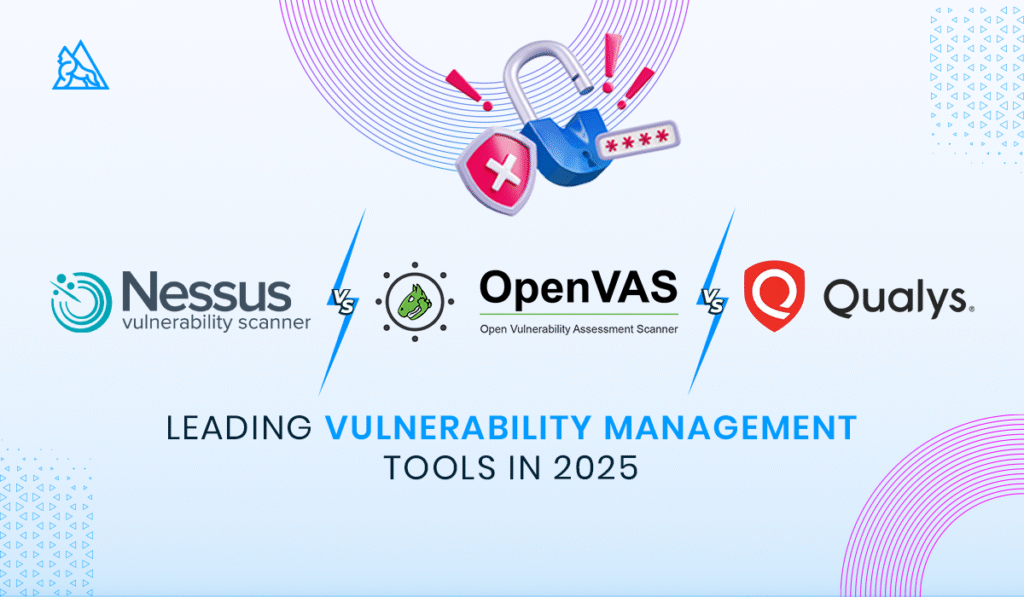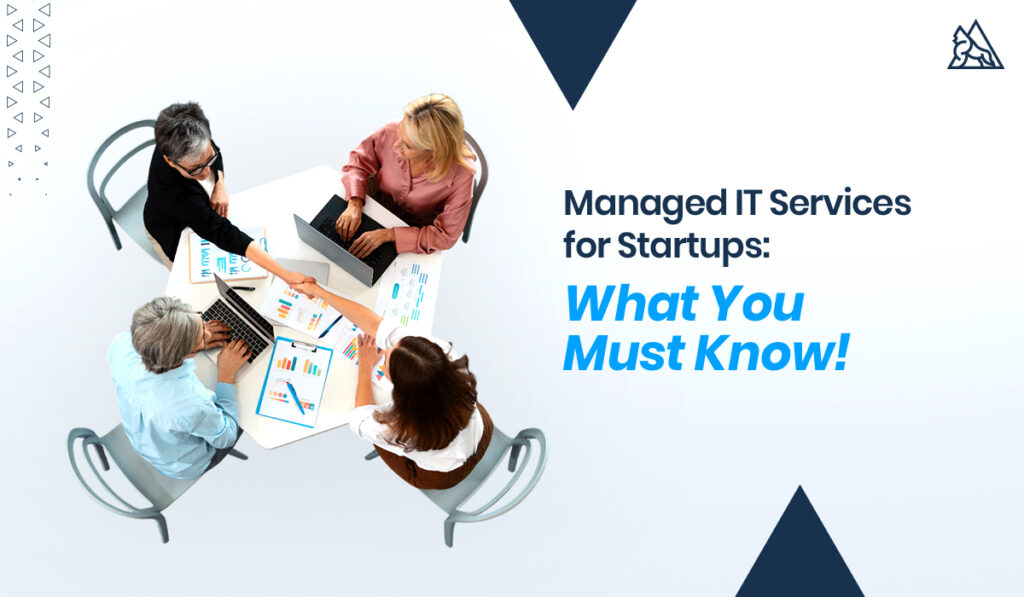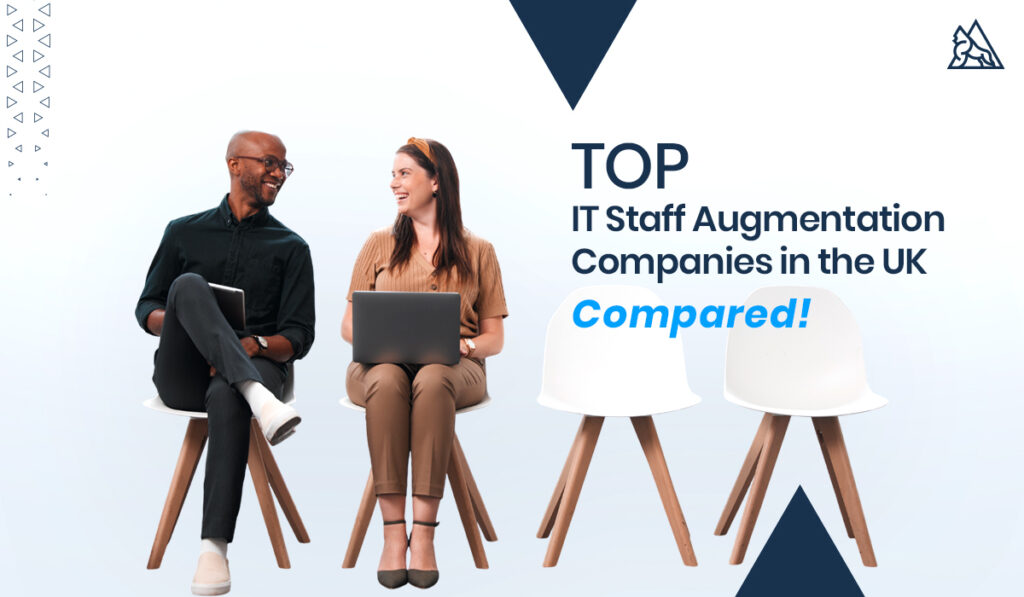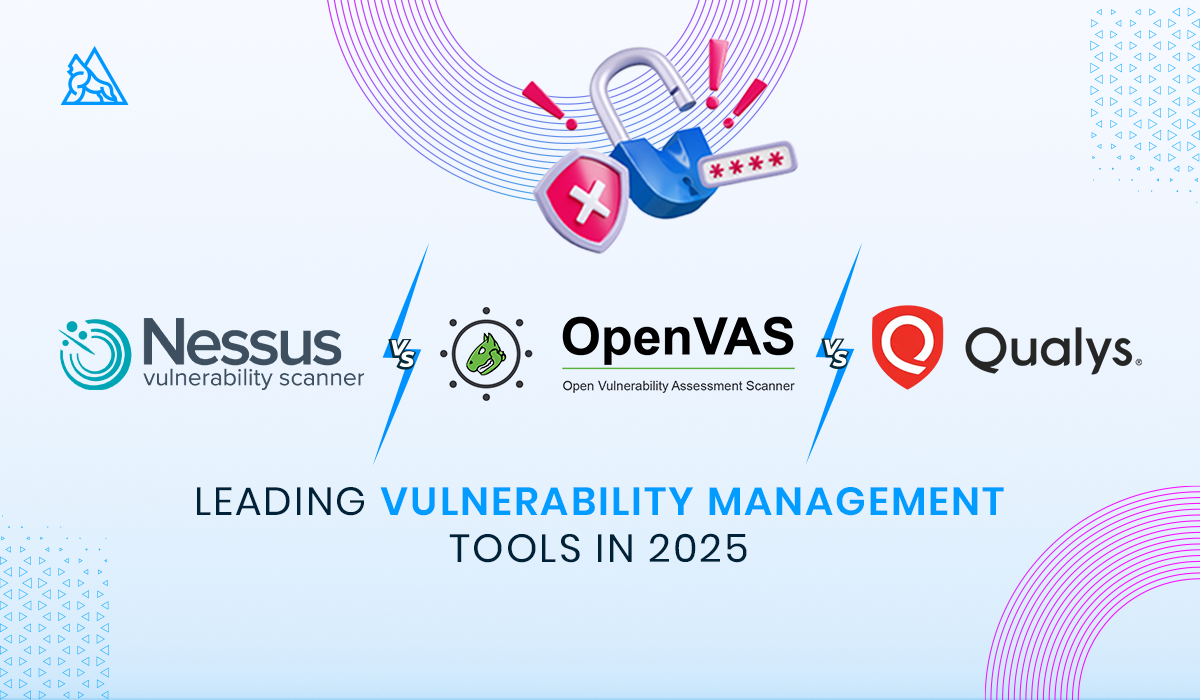Cybersecurity teams and IT managers face an ever-growing challenge: identifying and remediating vulnerabilities across complex networks, cloud environments, and applications. Vulnerability management tools are essential for this task, serving as both network vulnerability scanners and IT audit tools. In this article, we compare three of the market’s top tools—Tenable Nessus, Greenbone/OpenVAS, and Qualys VMDR—to help you choose the best fit for your organization. We’ll dive deep into each tool’s features, coverage, compliance support, ease of use, integrations, pricing, and more. Along the way, we’ll highlight recent developments (through 2025), regional use cases (USA, UK, GCC), and tailored recommendations for different sizes of enterprises. Finally, we’ll show how Gorilla360’s AI Cybersecurity Service can complement these tools and invite you to book a security audit.
Overview of Nessus, OpenVAS, and Qualys
- Tenable Nessus – A widely-used vulnerability scanner (now part of Tenable’s platform) known for its extensive plugin library. Nessus Professional (formerly known as Nessus Pro) is a commercial tool, while Nessus Essentials (free edition) scans up to 16 IPs. It offers vulnerability, configuration, and compliance checks, and it’s prized for its usability and broad CVE coverage. Nessus has a large ecosystem (60% of Fortune 500 use Tenable) and includes compliance audit templates for standards like PCI DSS, CIS, and more.
- Greenbone/OpenVAS – An open-source vulnerability scanner that forms the core of the Greenbone Vulnerability Management (GVM) suite. OpenVAS is free under the community feed; Greenbone also offers commercial appliances and services. It includes 50,000+ tests (NVTs) covering open-source software, networks, and web applications. OpenVAS is highly customizable and cost-effective (community version is free; OpenVAS Basic license is only €2,524/year). Its management interface can run on Linux with a web GUI.
- Qualys VMDR (Vulnerability Management, Detection & Response) – A cloud-native platform offered as a service, providing continuous vulnerability scanning and risk prioritization. Qualys VMDR combines discovery, asset inventory, scanning, patching, and remediation workflows in one platform. It covers everything from on-prem devices to cloud instances and web apps, and it incorporates threat intelligence (TruRisk™). Qualys also offers specialized modules (WAS for web apps, PC/Policy Compliance, etc.) and supports FedRAMP, HIPAA, PCI, ISO and other frameworks.
Each of these tools has evolved significantly by 2025. Nessus/Tenable has integrated more cloud scanning and agents; Qualys has expanded risk scoring and FedRAMP support; OpenVAS (via Greenbone) has improved detection rates and zero-day coverage. Next, we compare them across key dimensions.
Core Features
- Scanning Techniques: All three perform network scanning, port/service enumeration, and CVE vulnerability checks. Nessus and OpenVAS offer both unauthenticated (external) and authenticated (with credentials) scanning. Qualys VMDR similarly supports agent-based and agentless scans, as well as passive continuous monitoring.
- Asset Discovery: Nessus and Qualys automatically discover network assets. Qualys excels at finding unknown cloud and web assets (over 30% of assets go undetected without it). OpenVAS can map networks via its community feed scripts.
- Reporting: Each provides detailed reports on findings. Nessus and Qualys offer built-in compliance and risk dashboards. Qualys’s cloud console gives live dashboards and custom reports (e.g. Executive “State of Risk” reports). OpenVAS’s reports are functional but more basic.
- Additional Capabilities: Qualys stands out by including integrated patching workflows and compliance auditing (e.g. automatic remediation tickets, ITSM integration, PCI ASV scanning). Nessus includes audit policies (e.g. CIS benchmarks) and plugins for things like Docker/CIS auditing. OpenVAS, in its community form, is mainly focused on vulnerability checks, but can be extended with NVT custom checks.
Vulnerability Coverage & Threat Intelligence
A core metric is how many vulnerabilities each tool can detect.
- Nessus (Tenable) maintains a huge plugin library. As of recent data, it includes over 130,000 plugins, covering tens of thousands of CVEs. In one study, Nessus identified ~49,600 CVEs out of the 2010–2020 range (about 41.8% of all CVEs in that period). Tenable claims over 59,000 CVEs covered in total. Nessus also covers hundreds of newly disclosed issues per week.
- OpenVAS (Greenbone) has a substantial feed of ~50,000 vulnerability tests. It covered about 44,300 CVEs (37.38% of 2010–2020 CVEs) in one analysis, with a large overlap with Nessus but fewer unique detections. For critical vulnerabilities, OpenVAS identified about 4.6% fewer than Nessus. Greenbone’s Basic edition claims “best detection rate on the market” and “fastest zero-day protection” by updating its community feed daily. However, since 2017, Red Hat took over some of the OpenVAS feeds, so coverage gaps can exist until updates are released.
- Qualys VMDR boasts very broad coverage. According to Qualys, the VMDR engine knows 100K+ CVEs and supports 190K+ vulnerability detections, covering 98.7% of the CISA Known Exploited Vulnerabilities list. It also continuously ingests 25+ threat feeds and indexes new exploits, enabling risk-based flagging of in-the-wild threats. In practice, industry analysts note Qualys’s strength in risk prioritization: it earned a 5/5 from GigaOm for its “Risk-Based Assessment,” which factors in asset criticality and 25 threat intelligence sources. The tool’s cloud agents and scanning can cover on-prem, cloud, containers, and serverless assets in one view.
In summary, Qualys leads in sheer CVE coverage and advanced risk intelligence, Nessus has very broad coverage from its plugin base, and OpenVAS offers substantial coverage for free but lags slightly in raw CVE count. All three detect both high and medium-risk issues, but Nessus/Qualys generally catch a few more “critical” CVEs in practice.

Compliance Frameworks & Policy Support
Auditing against regulations is a common use case for IT audit tools like these scanners. Nessus and Qualys both include modules or plugins for compliance checks:
– Nessus (Tenable) provides compliance policy templates (CIS Benchmarks, DISA STIGs, PCI DSS, HIPAA, ISO 27001, GDPR, etc.). These are delivered as plugins so Nessus can audit systems against specific controls, not just CVEs. Users can run “audit” scans that check configurations, patch status, and more, meeting frameworks like PCI, NIST CSF, and SOX.
– Qualys VMDR offers a “Policy Compliance” app (formerly SCA/Security Configuration Assessment). It has thousands of policy checks mapped to standards (PCI DSS, NIST 800-53, HIPAA, ISO 27001, CIS benchmarks, etc.). Qualys also has a PCI ASV scanning service for external PCI compliance testing. Qualys literature highlights support for SOC 2, ISO, HIPAA and other mandates. Its unified platform lets you generate compliance reports alongside vulnerability data. For example, Qualys announces solutions to ensure “GDPR, HIPAA, etc.” compliance via automation.
– OpenVAS (Greenbone) includes some policy and scan profiles (e.g. CIS checks) in its feed, but not at the level of the paid Qualys/Tenable modules. It is fundamentally a vulnerability scanner, though Greenbone’s commercial versions (OpenVAS Basic/Greenbone Cloud) do bundle compliance checks and reports. However, open-source OpenVAS has no dedicated compliance dashboard, so you’d typically export findings into external tools to demonstrate compliance.
Overall, Qualys and Nessus offer the most extensive out-of-the-box compliance support, covering the major international standards and regulatory frameworks (PCI DSS, NIST, HIPAA, GDPR/UK-GDPR, ISO 27001, etc.). OpenVAS users may need additional tools or manual reporting to prove compliance.
Ease of Use & Integration
User Interface & Workflow:
– Nessus: Known for an intuitive GUI (web interface) and many scan templates. It’s often considered user-friendly, with a wizard for new scans, drag-and-drop report builders, and context-aware help. Templates cover network, web app, cloud, container, and compliance scans. However, advanced configurations (scripting, distributed scans) can be complex. Nessus is primarily an on-prem software (or client-server); setting up distributed scanning or cloud scans requires infrastructure or Tenable.io/Tenable.one.
– Qualys: Being cloud-hosted, Qualys has no local install; you log in to a web console. This removes deployment friction, but initial configuration (credential setup, tagging, scoping) can be non-trivial. Once configured, Qualys’s UI guides you through scanning and dashboarding. Analysts praise its accuracy and the clear evidence it provides for each finding. Since it’s SaaS, updates happen behind the scenes.
– OpenVAS: Installation is the biggest hurdle. The open-source version requires Linux command-line installation (or use a prebuilt appliance). The Greenbone web UI is functional but more basic than Nessus/Qualys (fewer polished dashboards). Configuration (scheduling scans, user management, credentials) can feel manual. On the plus side, once running, it’s straightforward to initiate scans and view raw results. The Greenbone Basic (commercial) edition adds more user-friendliness and support.
Integrations & APIs:
– Nessus/Tenable: Offers APIs (Tenable IO API) to fetch scan data. Tenable integrates with SOAR and SIEM tools (Splunk, QRadar), ITSM (ServiceNow Vulnerability Response) and automation platforms. Tenable products also integrate with cloud providers for asset sync.
– Qualys: Emphasizes extensive integrations. The Qualys API covers all functions (asset sync, scan management, reporting). Qualys out-of-box connectors exist for SIEM (Splunk, IBM QRadar), SOAR, ServiceNow, cloud platforms (AWS, Azure, Google Cloud), and IAM systems. As one review noted, Qualys “boasts strong integration with third-party applications through its API”. This two-way data flow enables, for example, automatically opening tickets in a helpdesk.
– OpenVAS: Less plug-and-play integration. It has a RESTful API (GMP – Greenbone Management Protocol) for automation, and some community scripts exist. Greenbone appliances can forward alerts via syslog or email/SMS. Out-of-the-box connectors (e.g. to SIEM) are limited. However, as open-source, savvy teams can script anything (send reports into Splunk etc.).
Performance & Support: Qualys (cloud SaaS) easily scales for large networks and receives thousands of updates weekly. Nessus (if self-hosted) requires maintaining update feeds and scanning engines, but is fast for targeted scans. OpenVAS’s performance can vary; large scans may take longer. All offer professional support options (Tenable and Qualys have paid support; OpenVAS’s free edition relies on community forums, though Greenbone offers support for paid tiers).
In practice, Qualys’s platform is praised for accuracy and automation, Nessus for ease-of-use and flexibility, and OpenVAS for customizability (at the cost of installation effort). Qualys’s cloud model means almost zero setup time; Nessus may need server resources; OpenVAS needs Linux skills.
Licensing Models & Pricing
- Nessus: Nessus Essentials is free (up to 16 IPs), making it popular for home labs or tiny networks. Nessus Professional (for businesses) is licensed per scanner and costs roughly $3,769/year (single-user). Tenable.io (cloud service) and Tenable One (enterprise platform) have subscription pricing by asset count, often starting in the low hundreds of dollars per asset per year. There are also bundles (e.g. including web/app scanning). In all cases, Nessus requires renewal of licenses/subscriptions annually.
- Qualys: Qualys VMDR (and most Qualys apps) is offered as a cloud subscription, generally priced per asset per year. Recent quotes suggest entry pricing around $199 per asset per year for VMDR, plus costs for additional apps. For example, a 25-asset VMDR license might start at ~$5,000/year. Qualys offers enterprise bundles (Patch Management, Compliance, WAS, EDR, etc.) which increase cost but also replace multiple point tools. A key tradeoff is that Qualys is cloud-based: you pay for service (no hardware/software to install). Prices can be high for small firms, but volume discounts apply for large deployments. Qualys also provides a 14-day free trial for its Government and TotalCloud platforms, and OEM pricing for managed service providers.
- OpenVAS (Greenbone): The open-source Community Edition is free with community feed updates. For SMEs, Greenbone’s “OpenVAS Basic” edition is just €2,524 per year (about half the cost of comparable commercial scanners). It includes professional support, a commercial feed, and a user-friendly interface. Larger enterprises can license OpenVAS Scan appliances or Greenbone’s cloud service (prices scale up accordingly). In summary, OpenVAS has the lowest barrier to entry (free/community) and cheapest paid plan; Nessus is mid-range; Qualys tends to be highest-end.
Each tool’s licensing suits different budgets: OpenVAS for cost-conscious orgs, Nessus for SMBs and mid-market (with moderate budgets), and Qualys for larger enterprises with deep pockets or strict cloud preferences. Gorilla360’s AI Cybersecurity Service can help offset these costs for SMEs by bundling tools under a managed service.
Strengths & Weaknesses
- Nessus (Tenable): + Pros: Extensive CVE coverage and plugin library, excellent for both network and host scanning, strong community and documentation. User-friendly UI and templates. Good integration with ITSM and SIEM. On-prem or cloud deployment options. Can audit configs and compliance. – Cons: Expensive at scale (especially agent-based scans). May require many scan engines for massive networks. No native cloud agents (Tenable uses other products now).
- Qualys VMDR: + Pros: Cloud-native ease (no installation), massive vulnerability detection (100K+ CVEs), built-in asset discovery, continuous monitoring, and patch orchestration. Advanced risk scoring (TruRisk) and threat feeds. Comprehensive compliance and cloud support. FedRAMP High authorized (US gov use). – Cons: Can be expensive; requires internet/cloud connectivity. Learning curve for full platform. Like any cloud service, some organizations prefer not to expose sensitive asset data.
- OpenVAS (Greenbone): + Pros: Free community edition, with detections comparable to commercial scanners (best-in-class detection rate). Highly customizable (you can write NVTs). Good choice for testers and SMEs on a budget. Rapid zero-day updates. – Cons: Setup and maintenance are manual/complex. GUI less polished; fewer official integrations. Coverage is slightly less than Nessus/Qualys. Commercial features (reporting, multi-tenant, high-speed scanning) require paid Greenbone licenses.
In short, Nessus is feature-rich and user-friendly but not the cheapest; Qualys is powerful and integrative but comes at a premium; OpenVAS is cost-effective and community-driven but requires more hands-on work. The right choice depends on scale, budget, and technical resources.
Regional Use Cases
USA
U.S. organizations across government, healthcare, finance, and enterprise widely use Nessus and Qualys. Federal agencies often require FedRAMP-authorized tools. For example, as of 2025, Qualys Government Cloud holds FedRAMP High authorization, meaning even high-impact federal workloads can use it. Tenable’s cloud products (Tenable One, Tenable Cloud Security) are also FedRAMP-authorized, so agencies and government contractors use Nessus/Tenable for continuous compliance scanning. Large U.S. companies often use these tools for HIPAA (healthcare), PCI (retail/banking), and SEC cybersecurity regulations. For instance, enterprises might deploy Nessus agents on endpoints to quickly scan new Windows/Mac systems, or use Qualys to inventory unknown internet-facing assets during M&A activity.
United Kingdom (and Europe)
In the UK, regulatory guidance (via the NCSC) emphasizes rapid patching and asset visibility. Many UK firms in finance, healthcare, and government use vulnerability scanners to meet NIS2, ISO 27001, and GDPR mandates. Qualys’s UK presence and datacenters, along with Nessus on-prem or cloud, make them popular. For example, a UK public sector IT team might use Nessus for legacy server audits and Qualys VMDR for cloud infrastructure. The UK’s NHS has used tools like Nessus for hospital network audits. Qualys points out that UK organizations often lag in patching windows, so automation (as per NCSC’s 5-day fix rule) is key – something these scanners help enforce. Gorilla360’s offerings (based in the UK) align with NCSC best practices, and London-based SMEs often engage them for an AI-driven audit.
GCC (Middle East)
In the Gulf region (GCC), large enterprises and telcos adopt Qualys and Nessus for national projects. A prime example: Saudi Telecom Company (STC) – one of MENA’s largest telcos – chose Qualys VMDR on a private cloud to scan 9,000+ servers weekly. STC now delivers Qualys-based security-as-a-service to subsidiaries, integrating findings into its GRC system. This highlights how Qualys’s scalability and cloud model suit massive deployments. Smaller GCC companies (in banking, oil & gas) often start with Nessus Professional for internal audits or use OpenVAS to save cost. Saudi, UAE, and Qatari governments enforce strict cyber regulations (similar to GDPR/FINRA), so regulated firms frequently run scheduled scans with these tools. For instance, a UAE bank might use Nessus agents to ensure all workstations meet central bank IT audit requirements, while a GCC SME might use Greenbone Basic to cover compliance without license fees. (Gorilla360 can advise on region-specific compliance needs.)
Recommendations by Organization Size
- Small Businesses (Limited Resources): Limited budgets and staff favor free or low-cost tools and managed services. We recommend starting with Nessus Essentials (free up to 16 hosts) or OpenVAS (free) to cover basic scans. For broader coverage or compliance, consider hiring a managed security provider. For example, Gorilla360’s AI Cybersecurity Service can perform vulnerability audits using top tools on your behalf. This gives you enterprise-grade scanning plus AI-driven insights (at fixed cost) without needing in-house expertise. Small firms can also use the free trials of Qualys to scan critical assets, then decide which modules (e.g. compliance, patching) they really need. In practice, an SMB might run monthly OpenVAS scans and quarterly Nessus vulnerability audits, supplemented by an annual Gorilla360 security review.
- Mid-Market (Growing Enterprises): With moderate budgets, mid-sized firms can invest in one of the paid scanners. Nessus Professional (or Tenable.io) is a solid choice: it’s faster to deploy than Qualys and less expensive for a few hundred assets. It integrates well with SIEMs and has advanced authentication scan options. Alternatively, Qualys VMDR offers unmatched visibility for organizations with hybrid cloud/on-prem environments. Mid-market companies often subscribe to Qualys for end-to-end VM and add modules (like CSAM or CSPM) as they grow. Regardless of the tool, they should also use ITSM automation: for example, using Qualys’s APIs to automatically open remediation tickets. Gorilla360 can complement these tools by providing 24/7 monitoring and AI analytics; this helps mid-market teams who may not have a full SOC. Many mid-sized finance or tech companies take this “co-managed” approach.
- Enterprise IT Security Teams: Large organizations should leverage full-featured platforms. Often this means Qualys VMDR or Tenable One as core VM systems. These platforms scale to thousands of assets, multiple user roles, and global coverage. They support agent-based scanning (useful for AWS, Azure, distributed sites) and integrate with enterprise workflows (patch management, incident response). Enterprises benefit from the advanced risk analytics (e.g. threat feeds, MITRE ATT&CK alignment) that Qualys/Tenable provide. That said, even big enterprises may keep a few OpenVAS sensors or Nessus scanners in development/test zones for quick ad-hoc checks (OpenVAS is useful in staging labs). For example, a global bank might use Qualys cloud scanners on all DMZs, Nessus for internal corporate networks, and supplement with periodic OpenVAS scans. At this scale, strengths/weaknesses become critical: large teams might split tasks (e.g. one team focuses on network VM via Qualys, another on web app security via a DAST tool). Gorilla360’s AI service can help enterprise teams by providing an external perspective on scan data; they may book periodic audits or threat-hunting exercises to validate their in-house tools.
Throughout all sizes, continuous scanning is emphasized in 2025. The trend is toward “always-on” vulnerability management. Tools are adding automation (e.g. Qualys has new TruRisk automation, Tenable has AI Exposure modules). Decision-makers should also consider how vulnerability data flows to remediation (patch tools, tickets), and how third-party assessments (like Gorilla360’s AI-driven scans) fit into their security ecosystem.
Conclusion & Next Steps
Nessus, OpenVAS, and Qualys each have unique advantages. Nessus remains a top network vulnerability scanner for organizations needing a robust, off-the-shelf solution with excellent plugin coverage. Qualys VMDR has become a leader in cloud-based vulnerability and compliance management, offering unmatched scale and risk prioritization. OpenVAS (Greenbone) stands out as a cost-effective, open-source option for teams that need flexible scanning without licensing fees.
Your choice should align with your compliance framework needs (PCI, GDPR, NIS2, etc.), available budget, and IT environment. For example, if you have a strict cloud security mandate or federal requirements, Qualys’s FedRAMP-certified platform might be ideal. If you’re a small UK or GCC enterprise looking to start vulnerability management, OpenVAS or Nessus Essentials paired with a service like Gorilla360’s AI Cybersecurity could deliver quick wins. Mid-sized firms can weigh total cost: Nessus Pro’s flat pricing vs. Qualys’s per-asset model. In all cases, test drive the tools (free tiers/trials) and evaluate how easily they integrate with your asset inventory and remediation workflows.
Finally, remember that tools are only part of the solution. Even the best cybersecurity tools of 2025 cannot fix vulnerabilities until they are prioritized and patched. We recommend combining a strong scanner with expert guidance. Gorilla360’s AI Cybersecurity Service offers just that: a proactive, AI-enhanced audit of your systems and networks. By booking a free AI security audit today, your organization can uncover hidden risks and get actionable remediation advice from experienced consultants.
Ready to take action? Book your AI security audit or consult with Gorilla360 now to strengthen your defenses with cutting-edge vulnerability management and compliance expertise.










